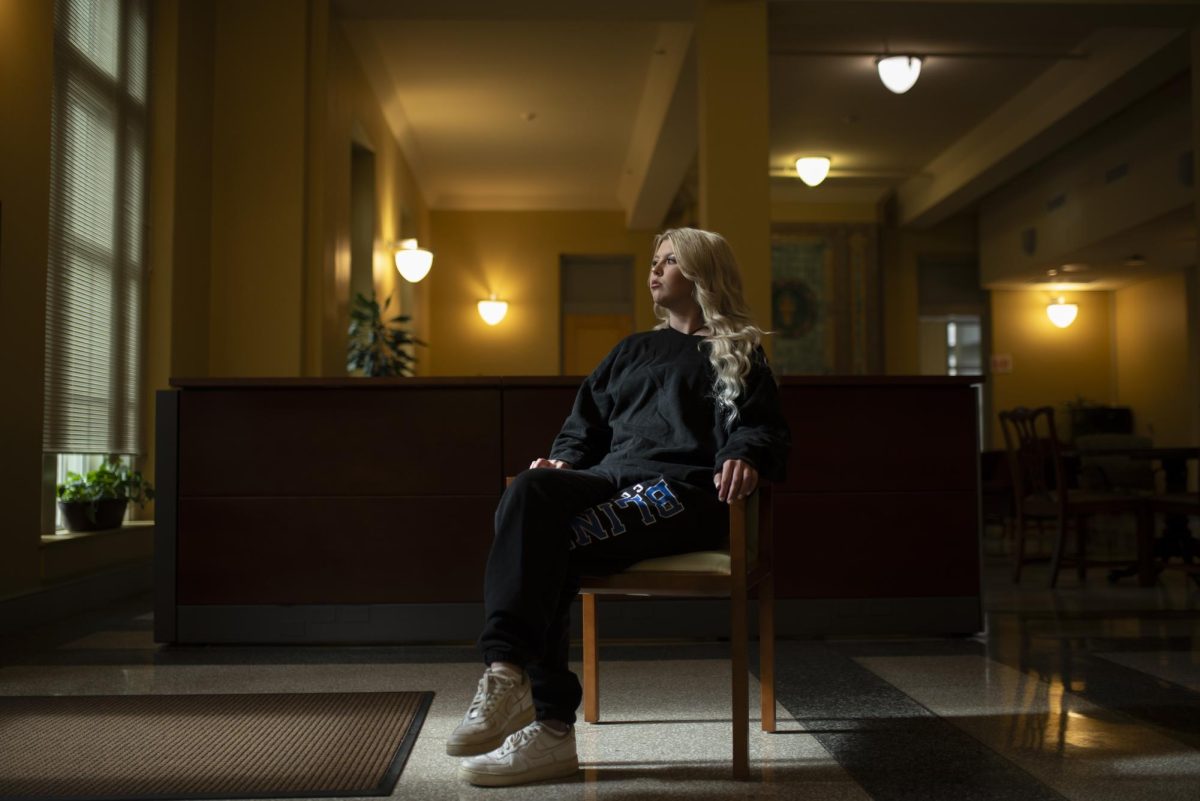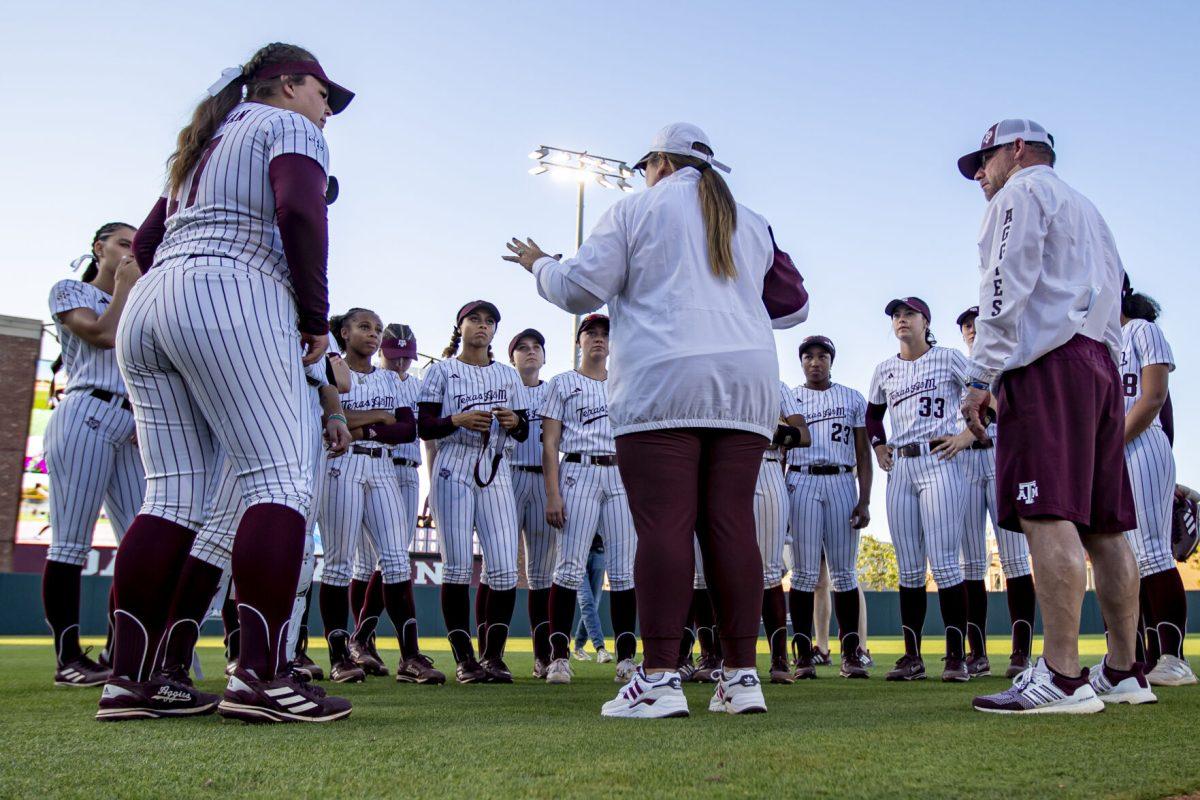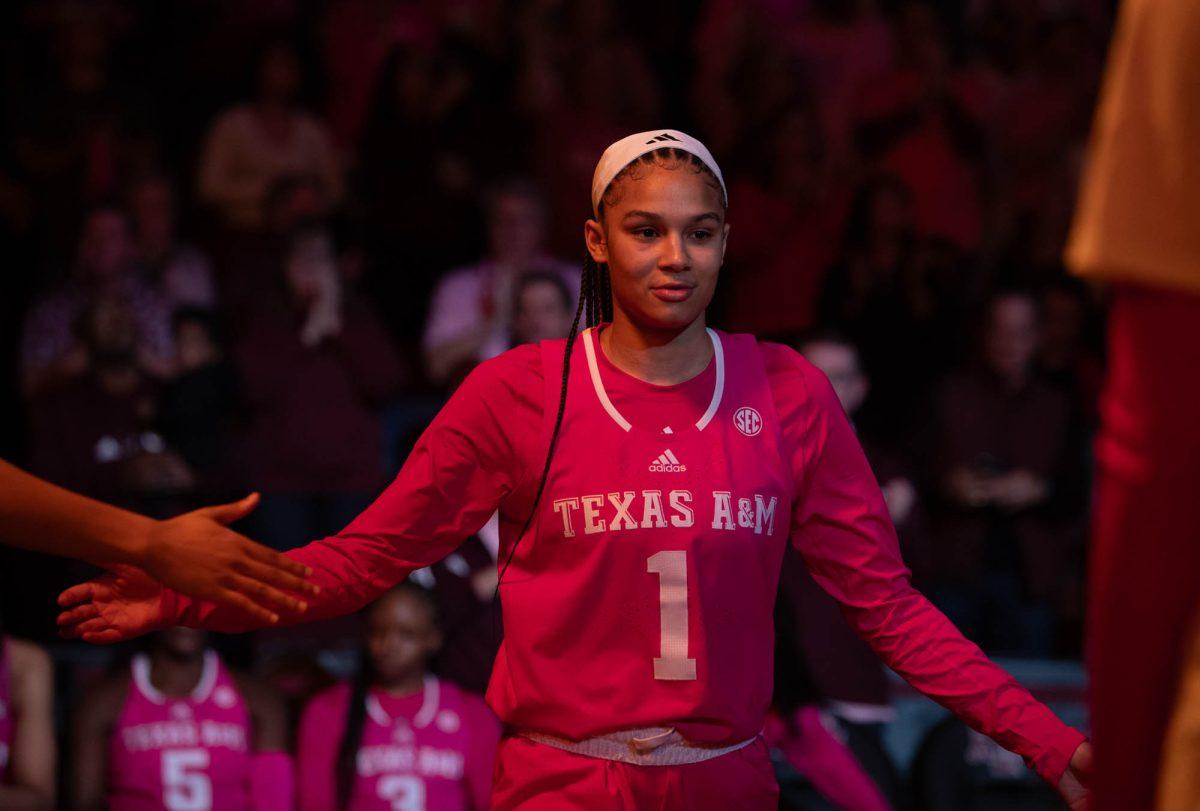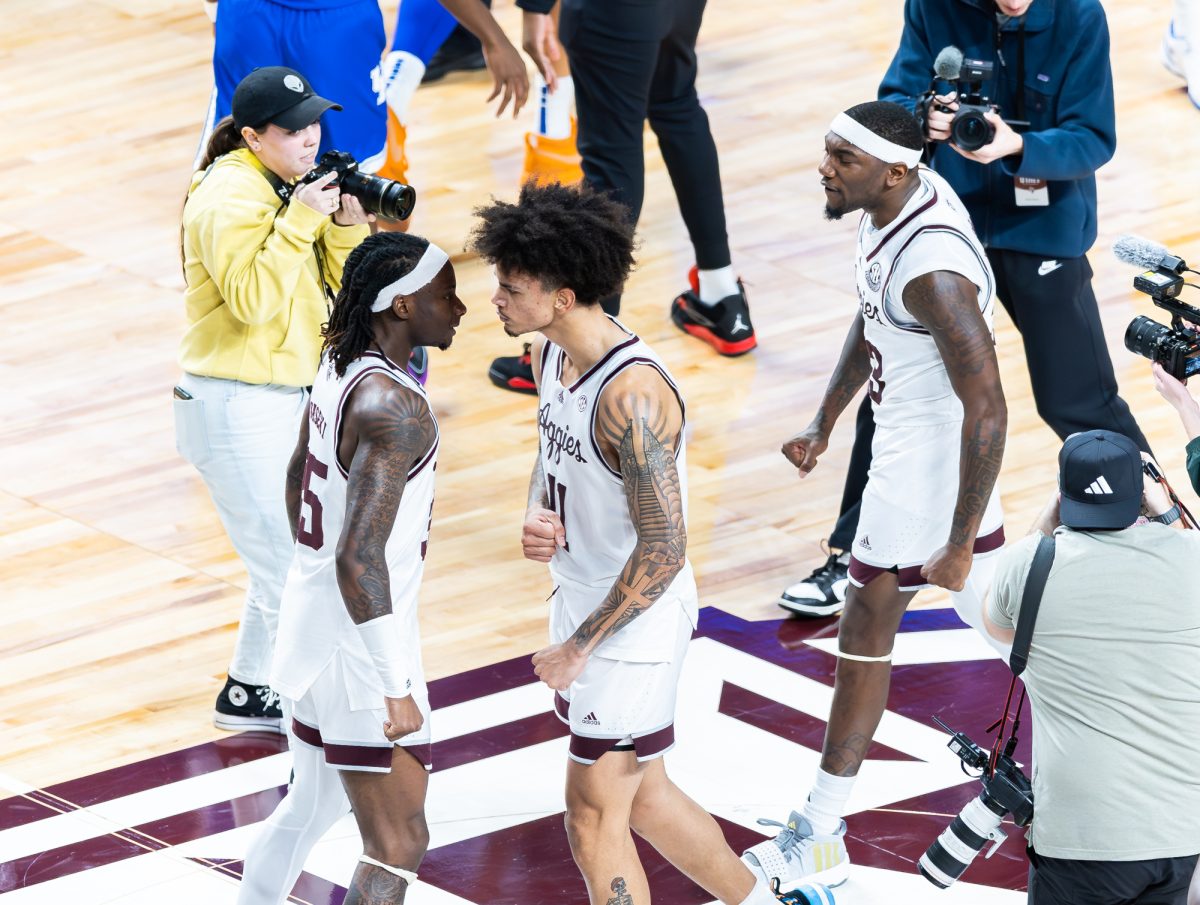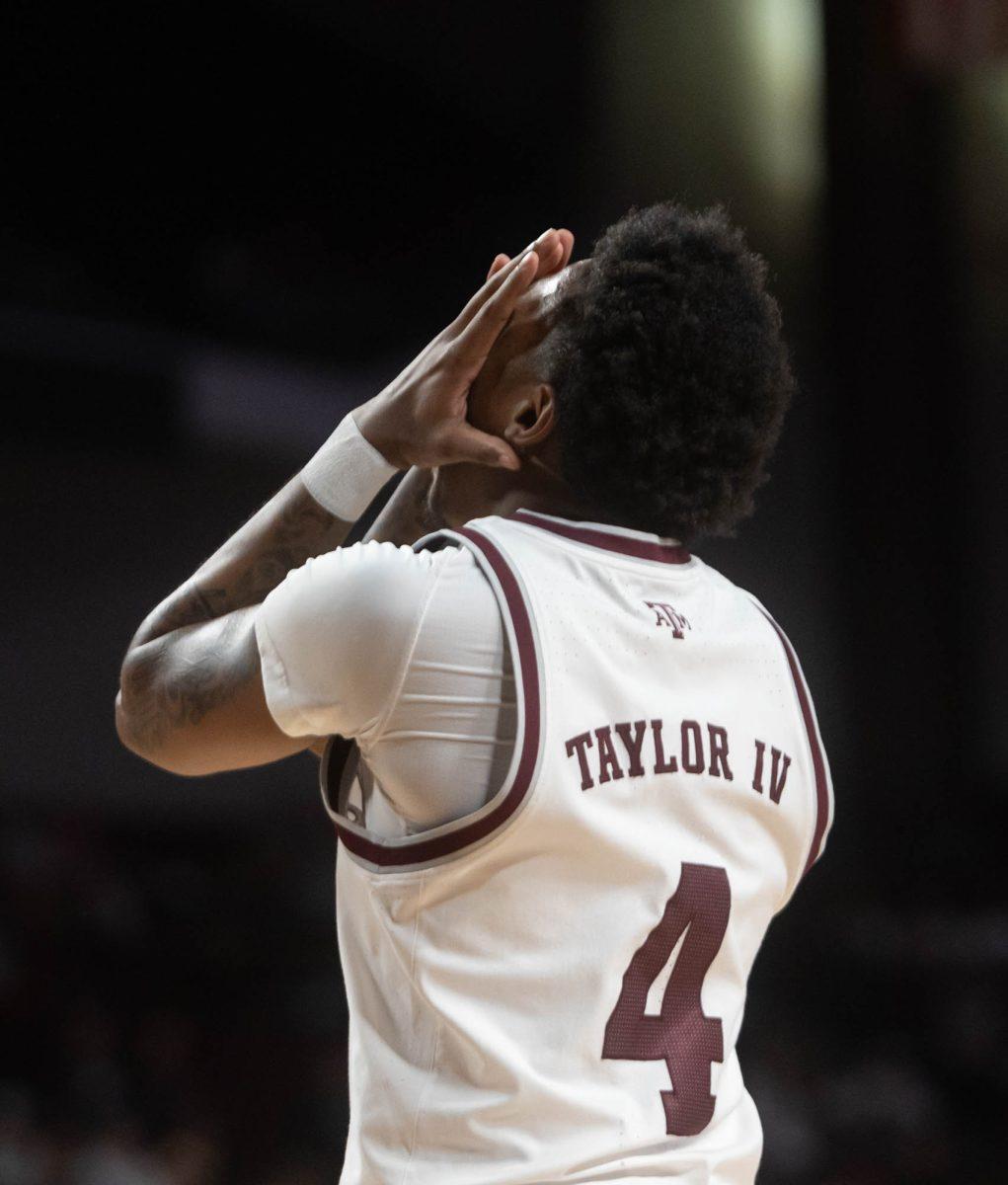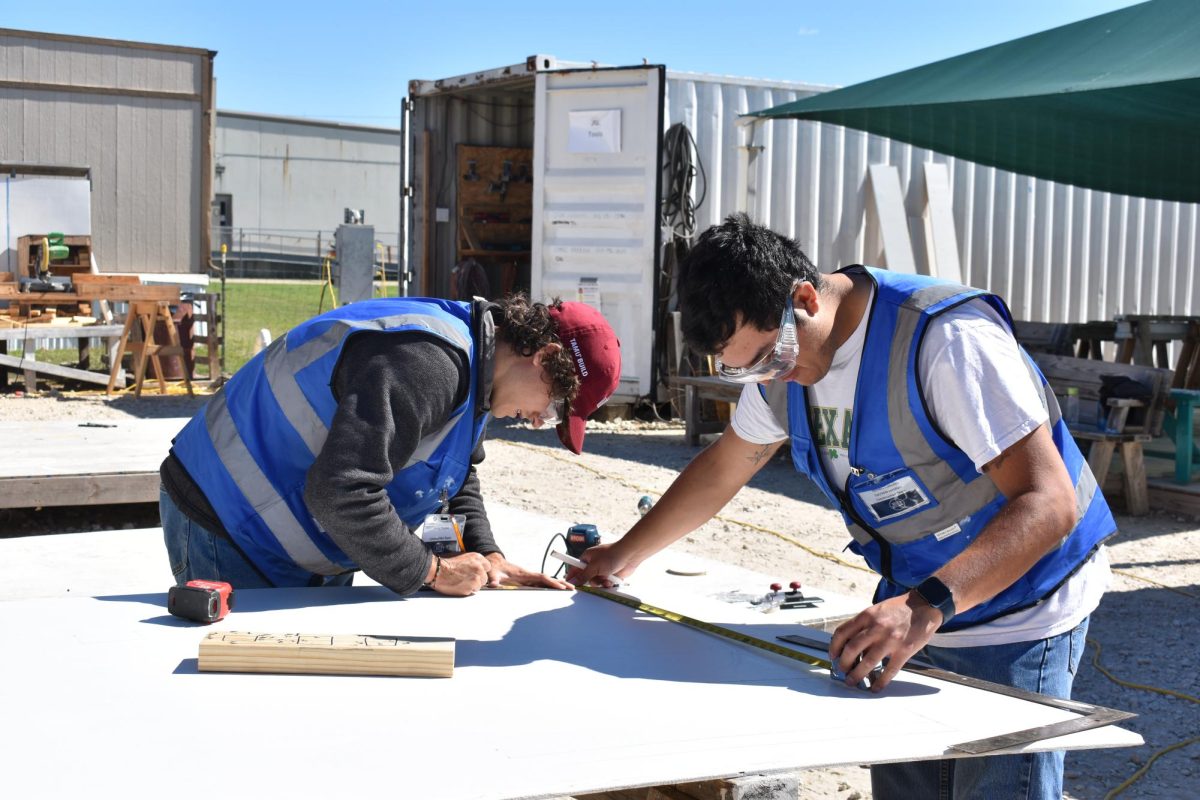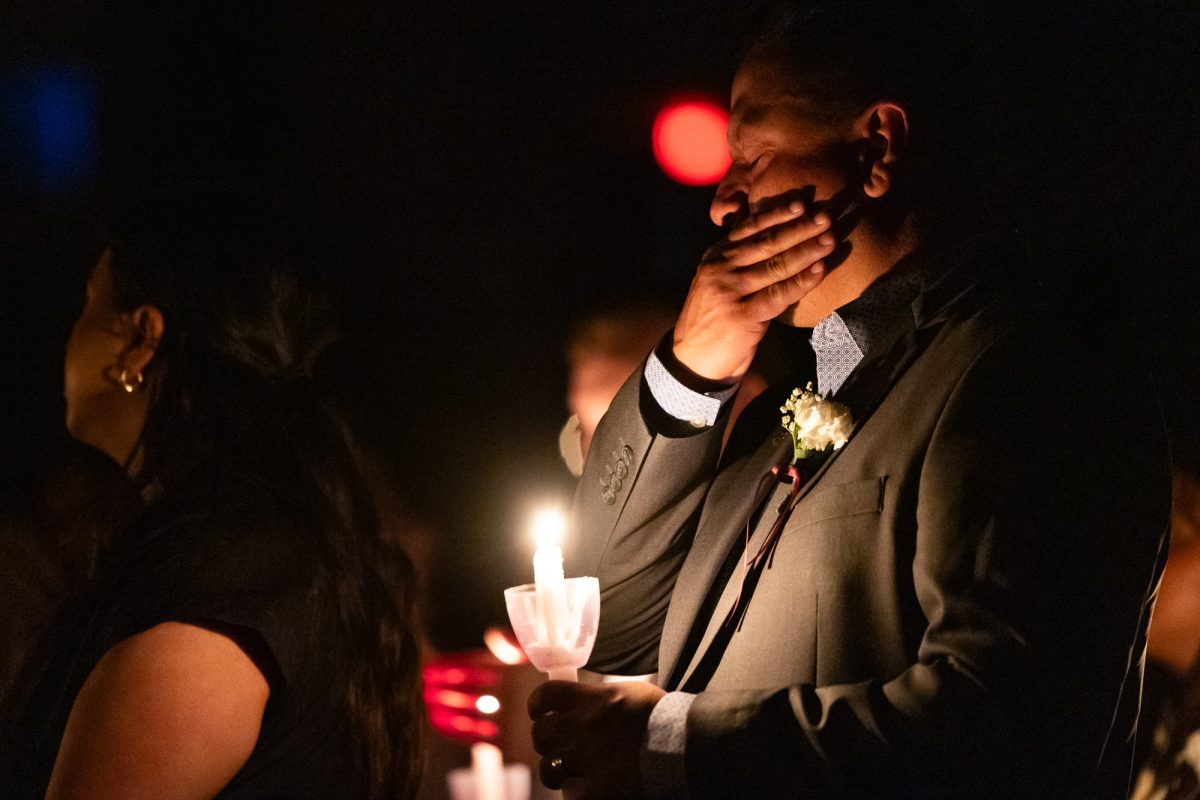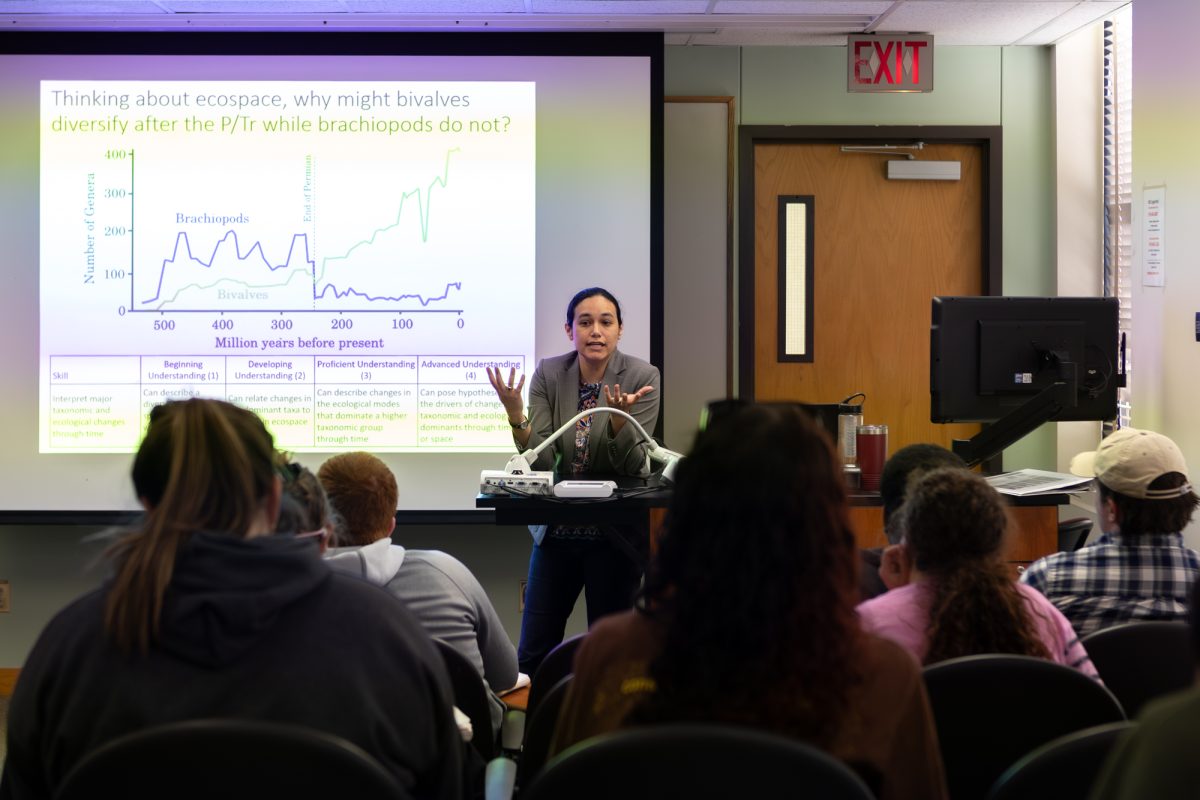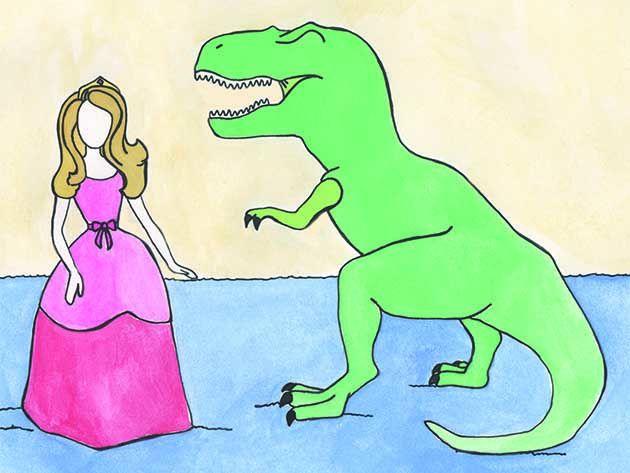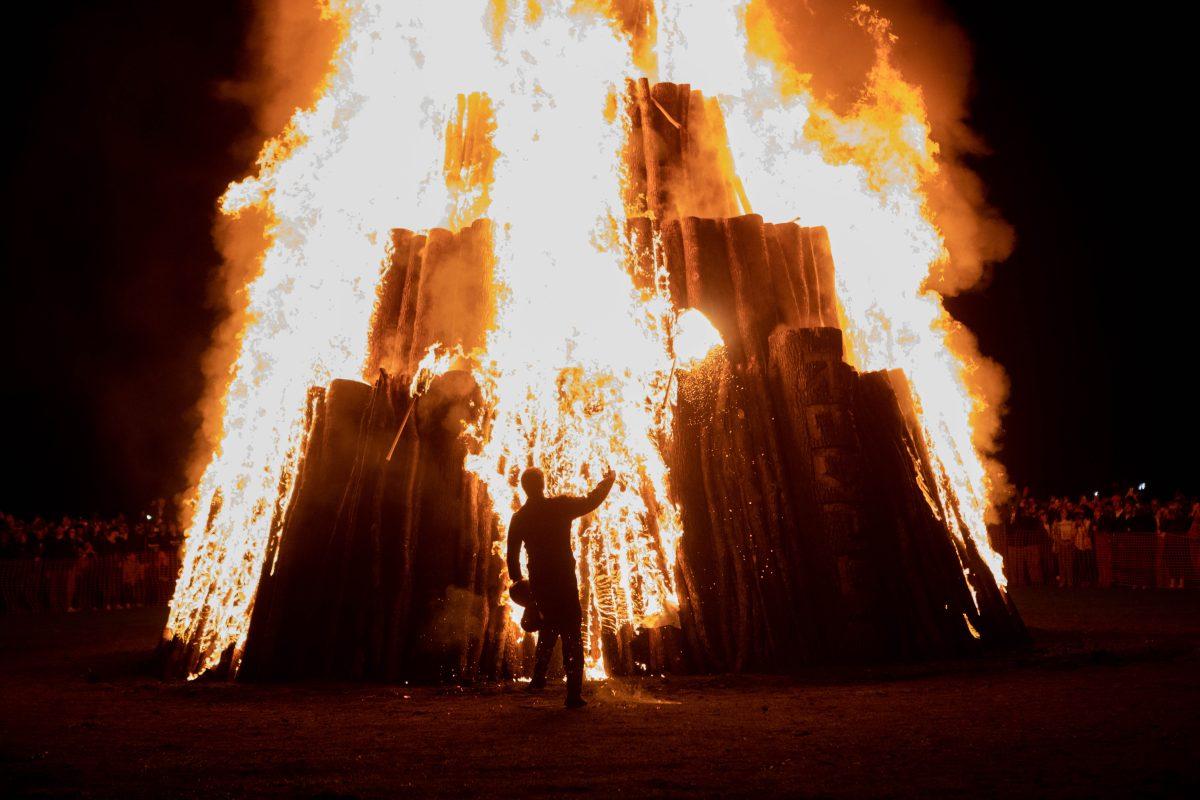I am contributing to a diversity crisis.
The fact of the matter is there aren’t enough women in STEM careers. If you don’t believe me ask any male engineering student at A&M — it’s a running joke that male engineering students only see a girl in their class once in a blue moon.
Texas A&M’s enrollment numbers reflect this fact. The latest data from A&M’s Data and Research Services shows only 2,916 women enrolled in the College of Engineering out of 13,948 students — that’s 20 percent, whereas the current national average of women in STEM is around a quarter.
The number of STEM careers has exploded within the last decade, with STEM occupations projected to grow by 17 percent from 2008 to 2018, compared to a projected 9.8 percent growth for non-STEM occupations, according to the Economics and Statistics Administration.
Yet the percentage of women going into STEM careers is still low, with 26 percent of American STEM employees were women in 2011, according to a study released in 2013 by the U.S. Census Bureau. In fact, the same report said women’s representation in computer occupations has actually declined since the 1990s.
Why is that? Why aren’t women going into STEM in the first place?
Tiffani Williams, associate professor in the Department of Computer Science and Engineering, said the reason is social cues.
“Women are not steered into those areas a lot of times,” Williams said. “Girls are told through actions and words careers in STEM are not meant for them.”
Williams said society also doesn’t reflect strong women in this field the way it does with men. The role models girls see growing up are hardly ever influential women in STEM. Girls who like STEM usually get called geeks.
The answer lies in social stigmas, the greatest of these being how children are encouraged to act or play when they are young.
I have a twin brother, and as a kid I was given Barbie dolls and Play-Doh while my brother was given plastic dinosaurs and Legos. Did our toys sometimes cross paths? Sure, but when I was around other little girls we played Barbies, and when my brother was around other little boys they played legos.
My mother would show me how to bake cookies with her and ask me to help clean up the house, while my dad would take my brother to work with him or outside to do yard work.
When I was afraid of storms as a little girl, my parents would ask me to communicate why I was upset and try to comfort me, but when my brother was scared of the dark he was, in so many words, told to “man up.”
Conversely, it was okay for him to go outside and play with mud or even bugs but when I wanted to join him I was instructed, “Don’t get dirty.”
When we were old enough to have our own rooms at six, they were even decorated differently.
My brother got a navy room that had glow-in-the-dark planets painted onto the ceiling. His room included a telescope and a video gaming system.
My room was painted bright baby blue. The ceiling was painted with whimsical clouds and I had a line of collector Beanie Babies and a Barbie-themed video camera.
When it came to the summer, I was signed up to go to theatre camps and camps themed after popular books. (Although Harry Potter camp was actually pretty awesome.) He was encouraged to go to sports camps and science camps. Even the adventure camps we went to together typically split up girls and boys.
At school, when we did learn about natural science, the girls were told to admire the beauty of the nature more (“Oh girls, look at the pretty butterfly!”) while the boys were told more about how nature worked.
Maybe it’s not a shocker to you but my twin brother, who is a fellow Aggie, is now an accounting major in Mays Business School whereas I am a telecommunications and media studies major in the College of Liberal Arts. He studies a “male approved” career, while I study a “female approved” carreer.
You might say it was sexist of my parents to have raised us that way, but is it? It’s the typical American way. They loved us both very dearly. It’s not that they wouldn’t have let me do those things, it’s that I was presented a different menu, and at age seven I didn’t think it strange or unfair that my brother went to science camp while I went to Harry Potter camp.
The things our families and society guide us toward become familiar to us, become ways in which we learn to interact with the world around us. That is how we learn how to act — we do what is considered normal and familiar.
Slowly and surely my brother came to like math and business. I came to like reading, writing and videography. Just as so many young women and men in America are “trained” to like what they do.
So now what? What do we do?
The biggest hope for changing the future is awareness. We need to become aware of how our society treats young men versus how they treat young women during the earlier years of their education.
We need to take any natural talents we see in girls as children — whether that be natural creativity, natural smarts or natural athletic skills — and turn those talents toward STEM careers.
We need to encourage girls to do more STEM-related activities when they are young, to show them how cool and fun STEM can be and to stop separating them from their male counterparts. It’s time we change the culture behind STEM and empower young girls to know they can go into these fields as well.
Lindsey Gawlik is a telecommunications and media studies junior and news editor for The Battalion.


